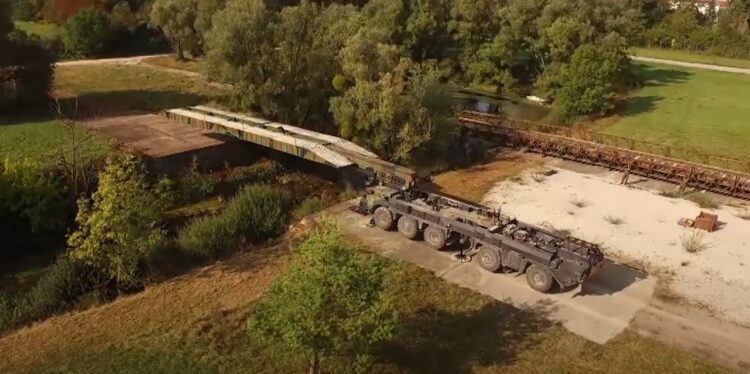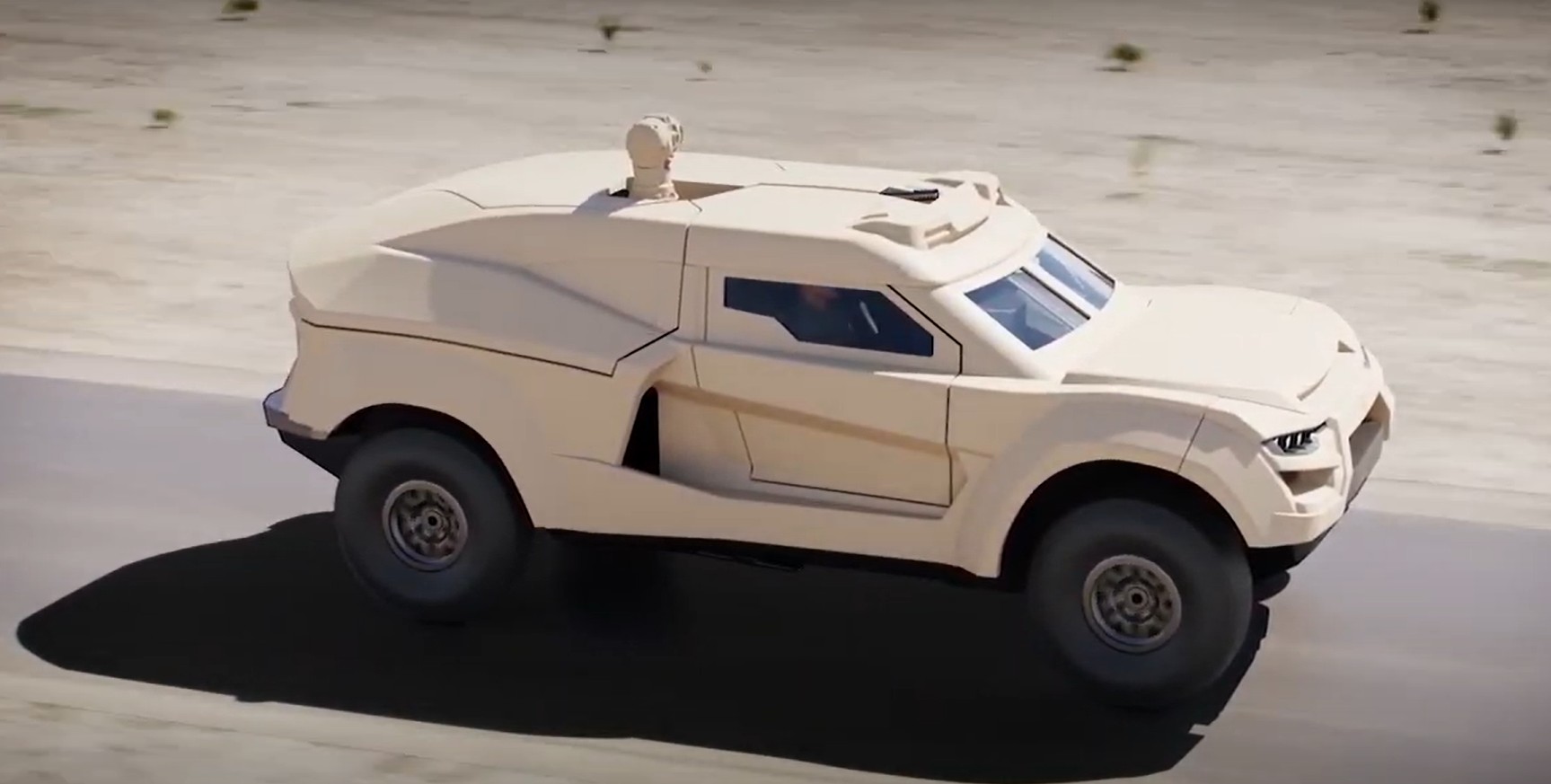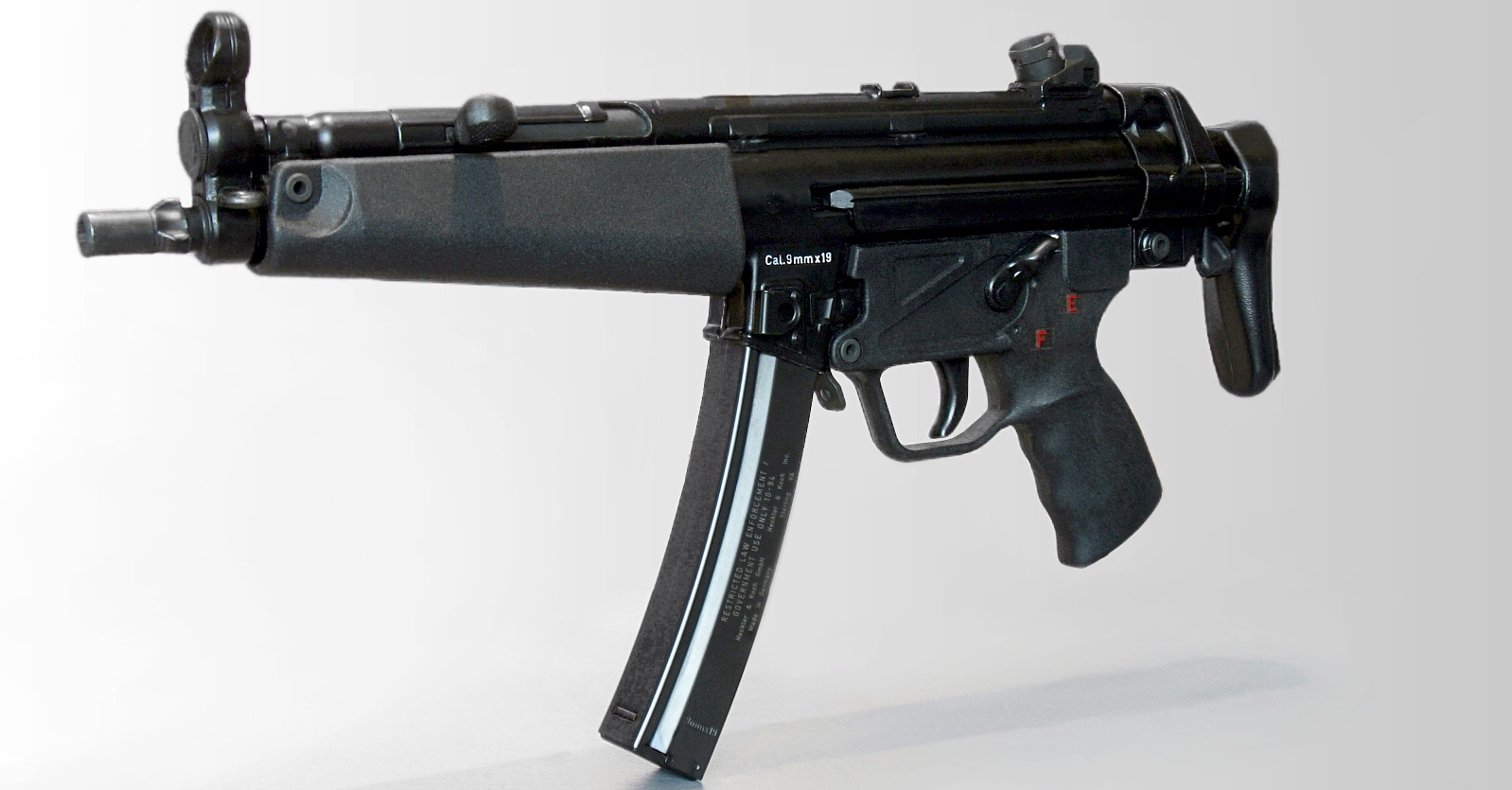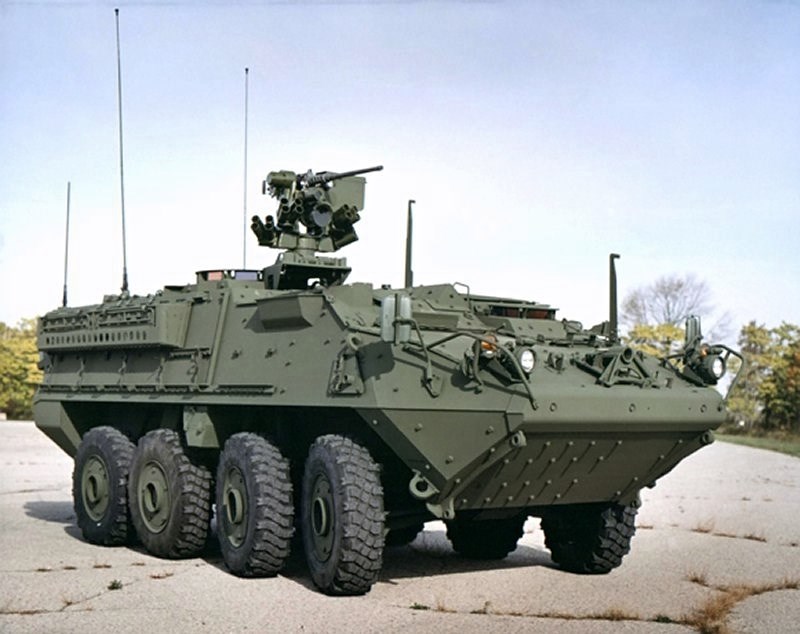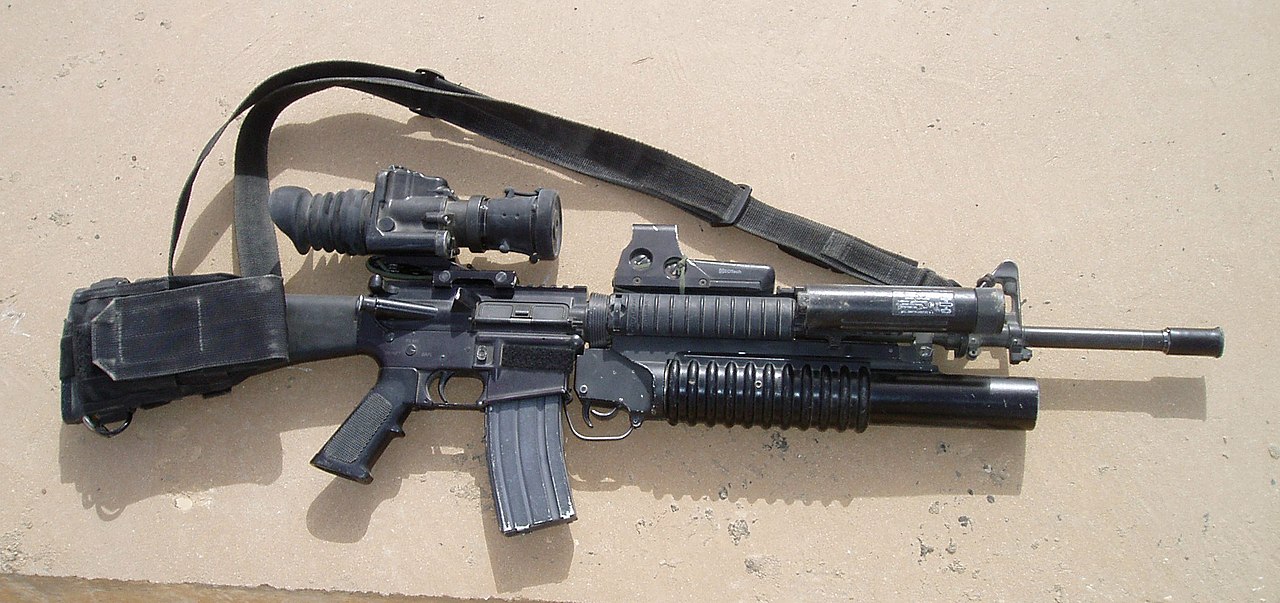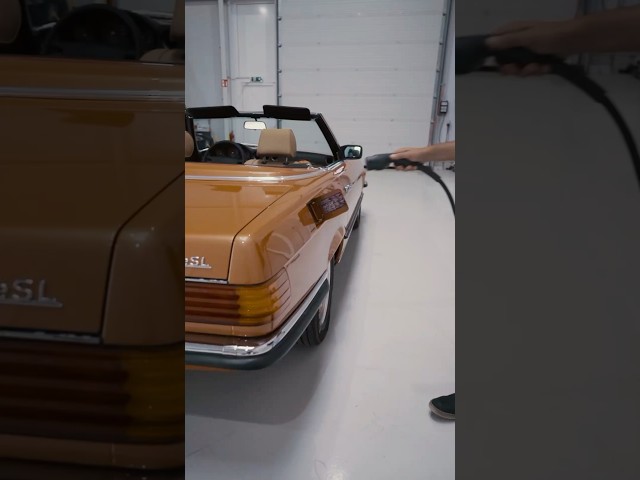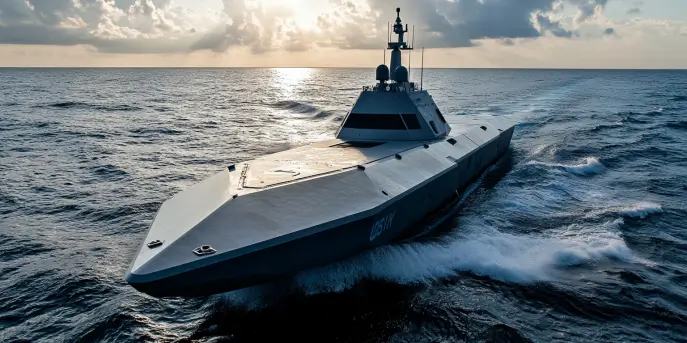In the dynamic and unpredictable realm of modern warfare, the ability to swiftly maneuver and adapt to rapidly changing conditions is crucial. One of the key elements facilitating such adaptability in combat operations is the use of modular assault bridges. These engineering marvels are vital for ensuring that armed forces can efficiently cross obstructed terrain and water bodies, sustaining momentum during offensives and withdrawals alike.
The Importance of Modular Assault Bridges
Modular assault bridges have transformed military logistics and tactical approaches. They are designed to enable military units to traverse obstacles such as rivers, ravines, or collapsed infrastructure, which would otherwise impede operational progress. With the evolution of warfare, where speed and surprise hold strategic advantages, having an engineering solution that facilitates rapid deployment and mobility is indispensable.
Key Features of PTA Modular Assault Bridges
The PTA Modular Assault Bridge has distinguished itself as a pivotal tool in various military operations worldwide. Below are some of its defining features:
- Flexibility and Modularity: These bridges are constructed using prefabricated modules that can be assembled quickly in the field. This modular approach allows for varying bridge lengths tailored to the specific width of the obstacles faced.
- Durability: Built using high-strength materials, they offer remarkable durability, capable of withstanding the rigors of active combat environments, including artillery shelling and explosive ordnance.
- Load Capacity: Designed to support the passage of heavy military vehicles including tanks, armored personnel carriers, and logistics trucks, ensuring that all necessary equipment can be brought to bear in critical regions.
Specifications at a Glance
| Specification | Details |
|---|---|
| Material | High-strength alloy steel |
| Bridge Span | Up to 60 meters |
| Load Capacity | Up to 80 tons |
| Deployment Time | Less than 1 hour |
Utilization in Combat Scenarios
The PTA Modular Assault Bridges have proven their worth in numerous conflict settings where traditional bridging solutions were impractical or too slow to deploy. Their design allows for rapid construction, reducing the downtime of tactical units needing to cross hazardous areas. They foster maneuverability—a vital asset in combat situations where speed can dictate the outcome.
During conflict, the rapid deployment capability ensures that troops can maintain the element of surprise, executing flanking maneuvers and establishing forward operations with minimal delay. This capability has been particularly noted in operations involving asymmetric warfare, where terrain and infrastructure often exacerbate logistical challenges.
Training and Operational Considerations
Personnel trained in the deployment of modular assault bridges undergo rigorous programs to ensure seamless operations under combat conditions. It is crucial that soldiers are prepared to handle explosives, conduct underwater surveys, and operate the machinery needed for bridge assembly and disassembly under duress.
Moreover, regular drills in a variety of conditions, from arctic to desert environments, ensure that these units can function effectively wherever the mission demands. Beyond combat support, the role of these modular bridges in post-conflict reconstruction efforts cannot be understated. They enable rapid restoration of civilian infrastructure pivotal to humanitarian aid and recovery efforts.
Innovations and Future Developments
The future of modular assault bridges is poised for substantial innovation. With advancements in materials science, future models could become lighter and more durable, enhancing portability and speed of deployment. The integration of autonomous technologies for bridge deployment is another exciting avenue being explored, potentially allowing remote-controlled or automated set-up in hazardous areas.
In essence, modular assault bridges epitomize the intersection of engineering ingenuity and strategic necessity in military operations. Their continued evolution will undeniably shape the landscape of military logistics and tactical agility in the years to come.
